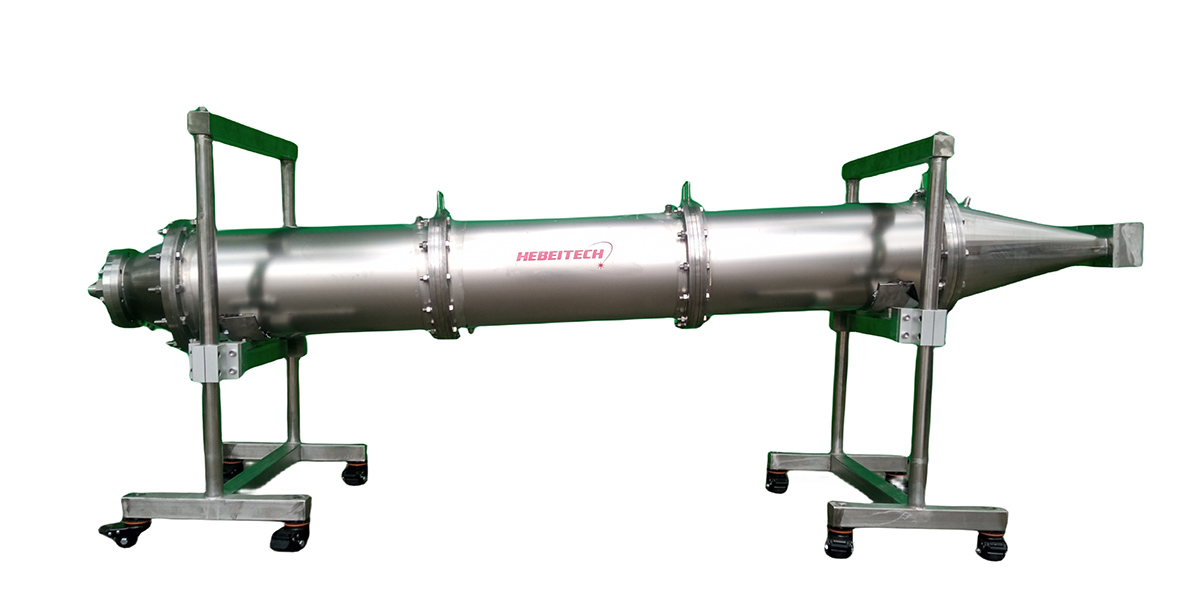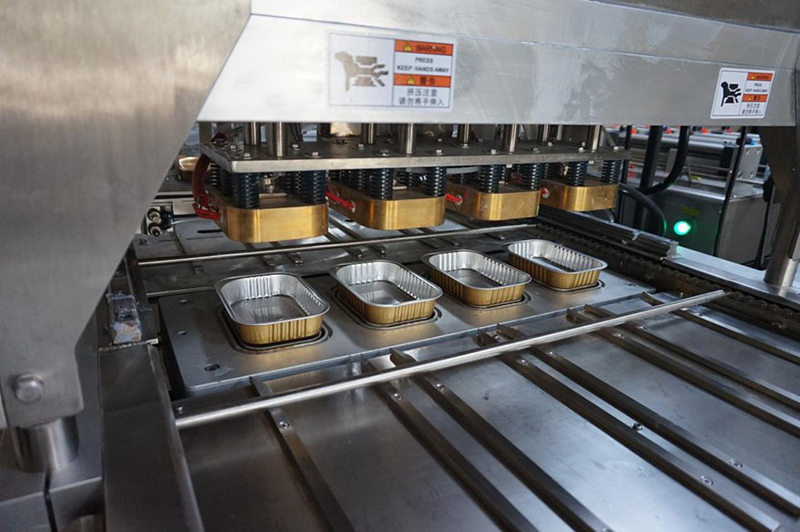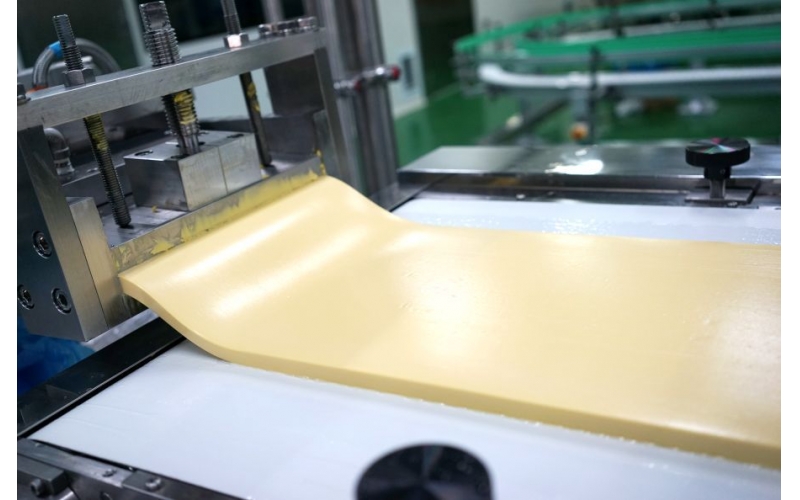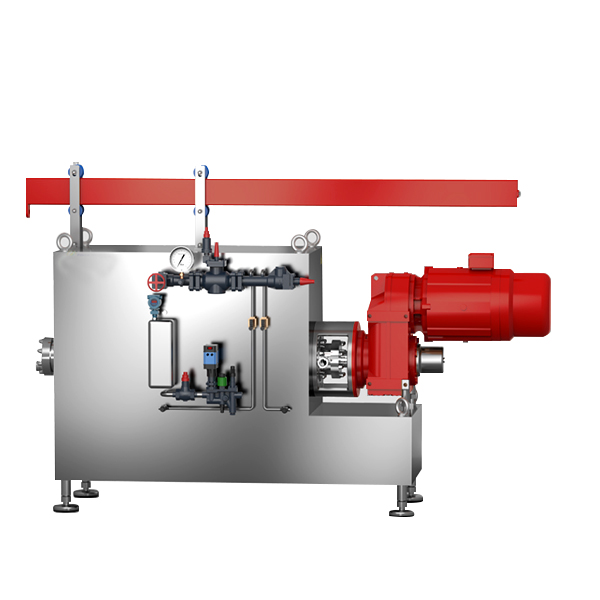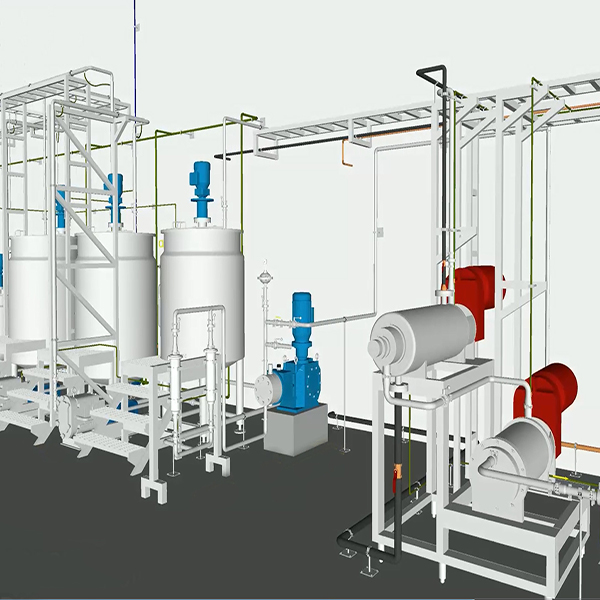Table Margarine Production Line
Table Margarine Production Line
Table Margarine Production Line
Production Video: https://www.youtube.com/watch?v=3cSJknMaYd8
A completed set of table margarine production line involves a series of processes to manufacture margarine, a butter substitute made from vegetable oils, water, emulsifiers, and other ingredients. Below is an outline of a typical table margarine production line:
Main Equipment of Table Margarine Production Line
1. Ingredient Preparation
- Oils & Fats Blending: Vegetable oils (palm, soybean, sunflower, etc.) are refined, bleached, and deodorized (RBD) before blending to achieve the desired fat composition.
- Aqueous Phase Preparation: Water, salt, preservatives, and milk proteins (if used) are mixed separately.
- Emulsifiers & Additives: Lecithin, mono- and diglycerides, vitamins (A, D), colorants (beta-carotene), and flavors are added.
2. Emulsification
- The oil and water phases are combined in an emulsification tank under high shear mixing to form a stable emulsion.
- Temperature control is critical (typically 50–60°C) to ensure proper mixing without fat crystallization.
3. Pasteurization (Optional)
- The emulsion may be pasteurized (heated to 70–80°C) to kill microorganisms, especially in products containing milk components.
4. Cooling & Crystallization (Votator Process)
The margarine undergoes rapid cooling and texturization in a scraped surface heat exchanger (SSHE), also called a votator:
- A Unit (Cooling): The emulsion is supercooled to 5–10°C, initiating fat crystallization.
- B Unit (Kneading): The partially crystallized mix is worked in a pin stirrer to ensure smooth texture and proper plasticity.
5. Tempering & Resting
- The margarine is held in a resting tube or tempering unit to stabilize the crystal structure (β’ crystals preferred for smoothness).
- For tub margarine, softer consistency is maintained, while block margarine requires harder fat structuring.
6. Packaging
Tub Margarine: Filled into plastic containers.
Block Margarine: Extruded, cut, and wrapped in parchment or foil.
Industrial Margarine: Packed in bulk (25 kg pails, drums, or totes).
7. Storage & Distribution (cold room)
- Kept at controlled temperatures (5–15°C) to maintain texture.
- Avoid temperature fluctuations to prevent graininess or oil separation.
Key Equipment in a Table Margarine Production Line
- Oil Blending Tank
- Emulsification Mixer
- High-Shear Homogenizer
- Plate Heat Exchanger (Pasteurization)
- Scraped Surface Heat Exchanger (Votator)
- Pin worker (C Unit for Kneading)
- Tempering Unit
- Filling & Packaging Machines
Types of Margarine Produced by table margarine production line
- Table Margarine (for direct consumption)
- Industrial Margarine (for baking, pastry, frying)
- Low-Fat/Cholesterol-Free Margarine (with modified oil blends)
- Plant-Based/Vegan Margarine (no dairy components)
Site Commissioning







